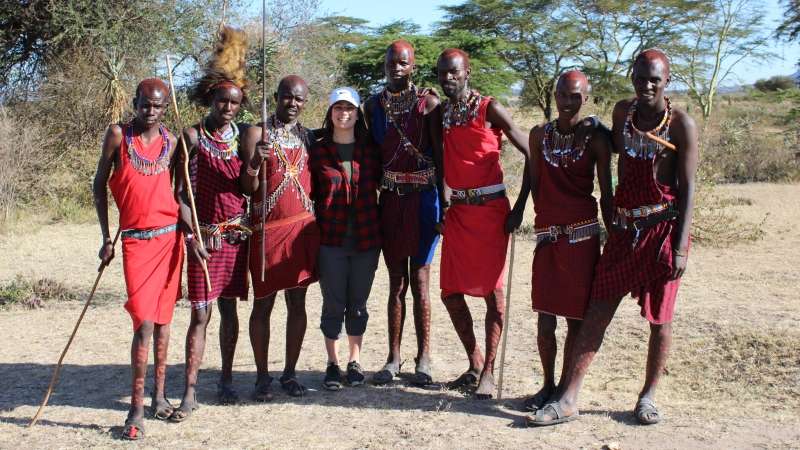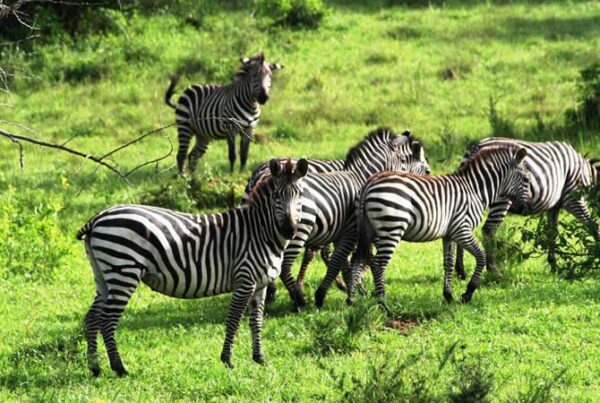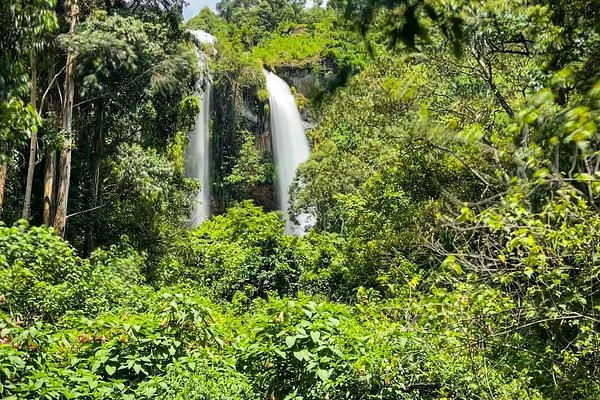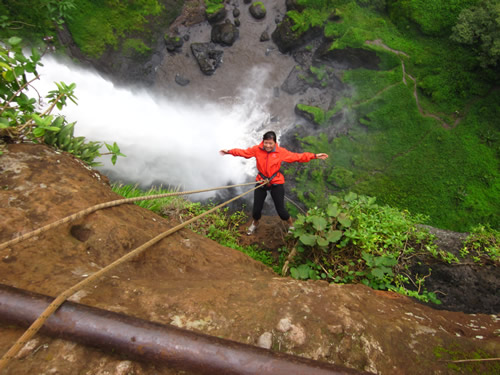Things You Need To Know Before Visiting the Maasai
An Immersive Guide to One of Africa’s Most Iconic Indigenous Cultures
The Call of Culture: Meeting the Maasai
Long before the African savannahs became travel bucket list staples, before the big-game safari turned into a worldwide phenomenon, and before wildlife conservation found its global voice, there existed a proud people whose presence shaped the very identity of East Africa. The Maasai, a semi-nomadic tribe whose culture, color, and courage have come to symbolize both tradition and survival, continue to live in the shadows of iconic landscapes like the Serengeti, Maasai Mara, and Mount Kilimanjaro. For those drawn to authentic experiences, a visit to a Maasai village represents a rare encounter with living heritage, one where ancient customs are preserved not for spectacle, but as a daily reality.
However, such an experience should never be approached with a purely touristic gaze. The Maasai are not an attraction—they are a people, with a complex, evolving identity that bridges centuries of pastoral life with the inevitable pull of modernity. It is only through respect, awareness, and cultural sensitivity that a true connection can be formed. Understanding what to expect, how to behave, and the deeper meanings behind what is seen and heard, is essential before stepping into their world.
Who Are the Maasai? Understanding the Roots of Resilience
The Maasai are an indigenous ethnic group inhabiting southern Kenya and northern Tanzania, known for their pastoral lifestyle, colorful attire, and unyielding cultural pride. Historically, their society was structured around cattle, which remain central to their economic, spiritual, and social life. Every aspect of the Maasai worldview—from wealth and marriage to rituals and diet—is in some way connected to livestock.
The Maasai are part of the broader Nilotic linguistic group, and their language, Maa, is still widely spoken. Although many Maasai also speak Swahili or English, particularly in regions closer to urban areas, the heartbeat of their identity remains distinctly Maasai. Despite pressures from colonial rule, land disputes, government modernization efforts, and tourism, the community has preserved much of its ancestral knowledge, oral traditions, and ceremonial practices—a testament to their deep-rooted strength and cohesion.
Customs, Rituals, and the Rhythm of Maasai Life
To truly appreciate the Maasai way of life, one must view it not as a frozen tradition but as a living, breathing system of values, relationships, and responsibilities. Life is deeply communal, governed by a social hierarchy that separates the roles of elders, warriors (morans), women, and children. Each stage of life is marked by rites of passage—birth, circumcision, warrior initiation, marriage, and elderhood—all celebrated through ritual, song, and community gatherings.
A visit to a Maasai village may include witnessing or participating in elements of these traditions. For example, visitors are often greeted with a jumping dance (Adumu), a physical expression of strength and virility performed by the morans. Though visually captivating, such rituals are not performed solely for guests but often coincide with important community events.
What many do not initially grasp is the symbolic depth behind Maasai attire. The red shukas (cloth wraps), intricate beadwork, and elaborate jewelry worn by both men and women are not decorative alone—they represent age, status, and tribal affiliation. Even the color red is imbued with meaning, associated with courage, unity, and protection.
Cultural Sensitivities: Navigating Respectfully
While Maasai communities have gradually opened up to responsible tourism, they remain deeply protective of their customs. Visitors are not just guests—they are outsiders in a sacred, time-honored space. Certain expectations of behavior must be observed to ensure that interactions are mutually respectful rather than intrusive.
Photography, for example, is a sensitive subject. It should never be assumed that consent is automatic. Many Maasai feel that photographs can exploit their image or misrepresent their lives. When visiting a village through a reputable guide or tour, consent is typically arranged beforehand, but asking before capturing personal or ceremonial moments is always essential.
Another crucial aspect is dress code. Though no formal requirements exist, modesty is expected. Revealing attire or overly casual clothes may be seen as disrespectful, especially when visiting family compounds or sacred sites.
Equally important is language and tone. Approaching conversations with curiosity rather than assumption, and listening more than speaking, tends to build trust. The Maasai worldview, which may differ starkly from Western norms regarding gender roles, education, or land use, should not be judged but rather understood within its own context.
Tourism’s Double-Edged Sword: Opportunity and Exploitation
The growing popularity of cultural tourism has brought both benefits and challenges to Maasai communities. On one hand, it has created income-generating opportunities, enabled women to market traditional crafts, and increased global awareness of indigenous rights. On the other, poorly managed tourism has led to commodification, where traditions risk being reduced to staged performances rather than authentic expressions.
This tension places ethical responsibility on the traveler. Working with trusted operators who engage in sustainable, community-approved tourism is essential. It ensures that visits are conducted with consent, cultural integrity, and fair compensation for the host communities. Tourists must be aware that not every “cultural village” along safari routes is a genuine or consensual representation of Maasai life. Some are curated purely for profit and may not reflect the lived reality of the tribe.
When facilitated responsibly, however, tourism can become a channel for intercultural dialogue, economic empowerment, and preservation of heritage, allowing the Maasai to share their narrative on their own terms.
Living Between Two Worlds: Modern Challenges and Transitions
Contrary to common perception, the Maasai are not trapped in the past. While many continue to live traditionally, others are integrating modern elements such as schooling, healthcare, and political activism into their lives. This dual existence—between the ancient and the contemporary—forms a key part of their evolving identity.
Education among Maasai youth, especially girls, has been a major focus for NGOs and advocacy groups. Yet the tension between modern education and traditional values often generates community-wide debate. Similarly, climate change and land pressure are forcing shifts in herding patterns, diet, and housing, challenging the long-held rhythms of semi-nomadic life.
These changes should not be viewed as cultural loss, but as evidence of the Maasai’s adaptability and resilience. Understanding these dynamics allows visitors to see the Maasai not as relics of a bygone age, but as active participants in shaping their future while preserving what matters most to them.
A Journey of Mutual Discovery: What Visitors Take Home
For those who come with open hearts and informed minds, visiting the Maasai is often transformative. It is not merely an educational detour or a photographic opportunity—it is a deep human encounter, one that challenges assumptions, expands empathy, and ignites questions about tradition, identity, and coexistence.
The sounds of cattle bells, the quiet dignity of elders, the laughter of children in red shukas, the glow of a fire in a manyatta (homestead)—these are not experiences that fade quickly. They become stories retold, moments revisited, and memories that linger far beyond the physical journey.
Traveling With Purpose: Why WildHorn Africa is the Right Guide
To ensure your encounter with the Maasai is authentic, ethical, and deeply enriching, the choice of your travel partner matters immensely. This is where WildHorn Africa stands apart. With a legacy built on cultural integrity, environmental responsibility, and community collaboration, WildHorn Africa crafts experiences that go far beyond the surface.
Their tours are designed in partnership with Maasai communities, ensuring that each visit supports local livelihoods, respects cultural norms, and provides guests with meaningful immersion rather than scripted entertainment. From expertly guided cultural visits to safari extensions that explore the nearby Serengeti and Ngorongoro ecosystems, WildHorn Africa curates journeys that are both adventurous and enlightening.
By booking with WildHorn Africa, travelers are not only stepping into one of the most iconic cultures on the continent—they are doing so with care, intention, and respect. Let your visit to the Maasai be more than a stop on your itinerary. Let it be the moment your journey to Africa becomes a journey of the soul.





 WildHorn Africa – Authentic and unforgettable tours across Africa, guided by local experts who know the land, wildlife, and culture best.
WildHorn Africa – Authentic and unforgettable tours across Africa, guided by local experts who know the land, wildlife, and culture best.


